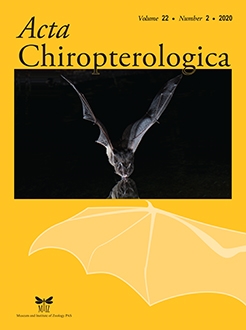Modern phylogeographic methods have confirmed that species with broad ranges often exhibit fine-scale patterns of genetic variation that are not reflected in their morphology. Recent genetic analyses of the straw-colored fruit bat (Eidolon helvum) deviate from this trend in identifying this species as broadly panmictic across its range in Sub-Saharan Africa. However, the limitations of sampling, along with potential for modern anthropogenic impacts to distort observed patterns, suggest that additional work is needed to assess true historical patterns of geographic variation in this species. We used Next Generation Sequencing (NGS) methods to assess patterns of variation found in historical samples of E. helvum and its sister species, E. dupreanum (a Malagasy endemic). Patterns of genomic variation observed among specimens collected between 1909 and 1983 were compared with those from more recently collected tissue samples from across much of the range of the genus. Our genetic analyses confirm that E. helvum and E. dupreanum are distinct species as traditionally recognized. Congruent with results from prior analyses of modern samples, no patterns of spatial genomic structuring were identified in E. helvum across continental Africa in either recent times or earlier in the 20th century. These results suggest that the currently observed pattern of panmixia in E. helvum is not a recent phenomenon; significant gene flow is apparently ongoing in this species across an exceptionally large area. This suggests that potentially zoonotic pathogens previously associated with populations of E. helvum may be similarly distributed or episodically transmitted across broad areas by this species. Our study additionally demonstrates that analyses utilizing ‘archival’ DNA from older specimens in museum collections have the potential to illuminate patterns of both past and contemporary biodiversity, and to help assess the impacts of habitat loss and climate change on species at the genomic level.
How to translate text using browser tools
1 December 2020
Reconstructing the Genomic Diversity of a Widespread Sub-Saharan Bat (Pteropodidae: Eidolon helvum) Using Archival Museum Collections
Brian O'Toole,
Nancy B. Simmons,
Evon Hekkala

Acta Chiropterologica
Vol. 22 • No. 2
December 2020
Vol. 22 • No. 2
December 2020
Africa
ancient DNA
natural history
PHYLOGEOGRAPHY
population genetics




